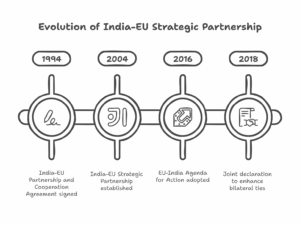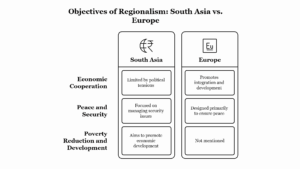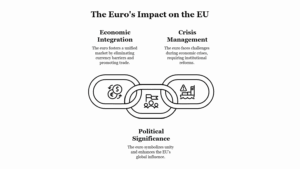Canada is often referred to as a “mosaic” rather than a “melting pot” because of its diverse population, composed of people from many different ethnic backgrounds. Ethnic groups in Canada represent the cultural, linguistic, and religious diversity that defines the nation. This diversity has been shaped by waves of immigration and the colonial history of the country, including the influence of First Nations peoples, French, and British settlers. Today, Canada is home to a wide variety of ethnic communities, each contributing to the cultural richness of the country.
1. Indigenous Peoples:
The Indigenous peoples of Canada, often referred to as First Nations, Métis, and Inuit, form the original inhabitants of the land. These groups have distinct languages, cultures, and histories that predate the arrival of European settlers. The recognition and protection of Indigenous rights have become central to Canadian identity, with ongoing efforts to address historical injustices, such as the legacy of residential schools and land rights disputes.
2. European Ethnic Groups:
A significant portion of Canada’s population is of European descent, particularly from the United Kingdom, France, Germany, Italy, and Ukraine. The French Canadians, particularly in Quebec, represent the largest non-Anglo ethnic group, with a rich cultural and linguistic heritage that continues to influence Canadian society.
Other European communities, such as Italians, Germans, and Ukrainians, have also played an important role in Canada’s development. They have maintained cultural traditions, festivals, and languages, particularly in regions such as Ontario, Manitoba, and British Columbia. European immigration has been a significant driver of Canada’s economic and cultural development, especially in the late 19th and early 20th centuries.
3. Asian Ethnic Groups:
In recent decades, Asian Canadians have become one of the fastest-growing ethnic groups in Canada. Immigrants from China, India, Pakistan, the Philippines, Sri Lanka, and Vietnam have significantly shaped Canadian society. Chinese Canadians, for example, are especially prominent in cities like Vancouver and Toronto, with large Chinese-speaking communities.
Similarly, the Indian and Pakistani communities are integral to Canada’s multicultural landscape, contributing to the economy, culture, and political life. The increase in immigration from Asia since the 1970s has transformed Canadian cities into some of the most ethnically diverse in the world.
4. African Canadians:
African Canadians, including those of Caribbean, African, and mixed heritage, form an important part of Canada’s ethnic composition. The history of African Canadians dates back to the 18th century, with the arrival of enslaved Africans brought by British settlers. Today, the African Canadian community is a vital part of the cultural and social fabric of the country, particularly in cities like Toronto and Montreal.
5. Other Ethnic Groups:
Canada also hosts a wide array of other ethnic groups, including those of Latin American, Middle Eastern, and Jewish heritage. These communities contribute to the social, economic, and cultural diversity of the country, particularly in large urban centers.
Conclusion:
The ethnic diversity in Canada is one of the country’s defining features. Through its multicultural policies, Canada has embraced this diversity, fostering a society that celebrates cultural difference while promoting social integration. The ethnic mosaic of Canada continues to evolve as new immigrants arrive, contributing to a dynamic and vibrant national identity.







Leave a Reply